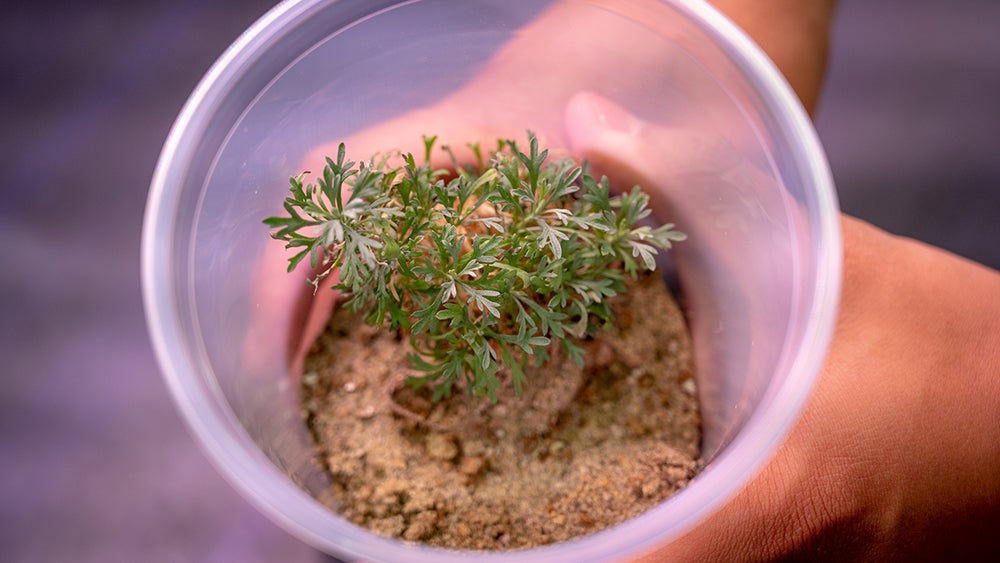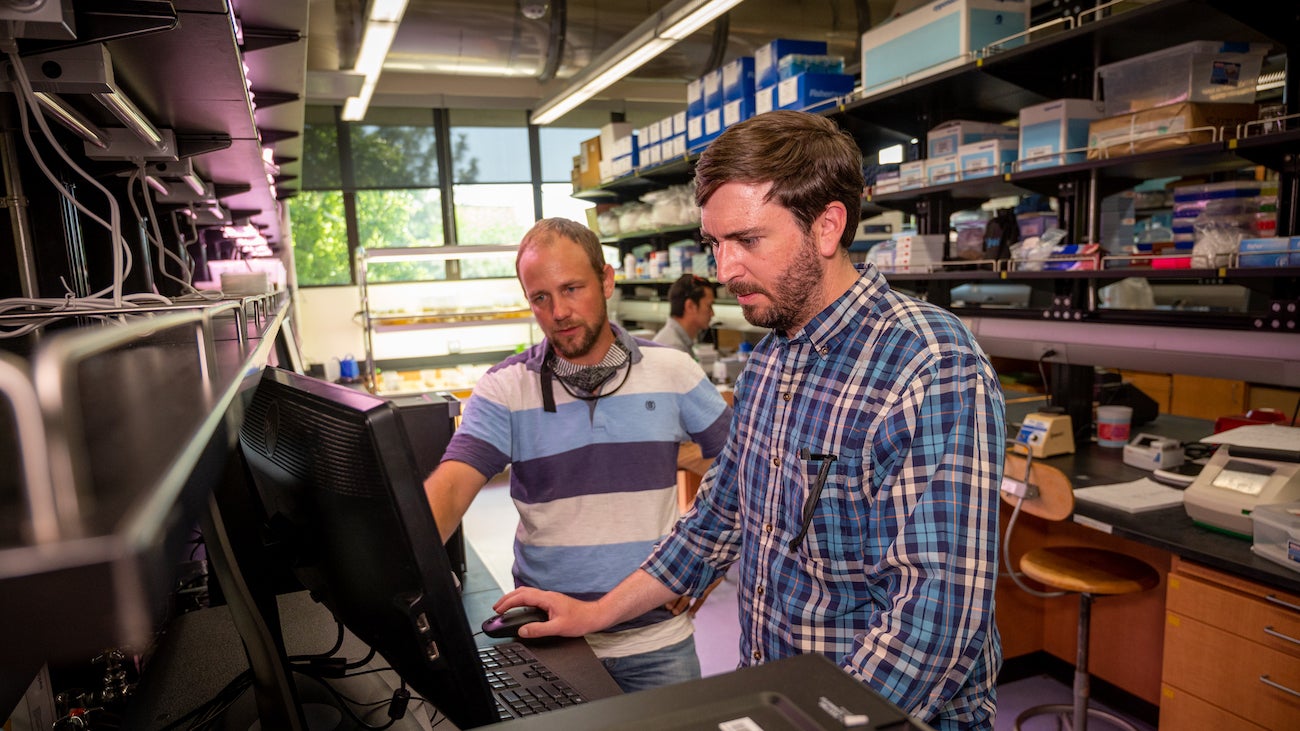
In 2003, the Human Genome Project presented the first accurate and complete human genome sequence. Though it was only 19 years ago, that “Eureka!” moment sent shockwaves through the scientific community. For the first time, humans could determine the exact sequence of base pairs in a segment of DNA. This was a pivotal moment in the race to understand human traits and genetic characteristics and diseases.
Now Boise State University Assistant Professor Sven Buerki, in collaboration with fellow GEM3 (Genes by Environment: Modeling-Mechanisms-Mapping) program researchers, has accomplished the same milestone for one of the west’s most iconic species: big sagebrush. Their achievement is published in the Oxford University Press publication G3 Genes|Genomes|Genetics.
To put this feat into perspective, the sagebrush genome is 2.3 times larger than the human genome and far more complex, due to the high genetic variability of the plant.
“We have been able to sequence, for the first time, the sagebrush genome, which will act as a roadmap to estimate the effect of climate change on our ecosystem,” Buerki said. “In addition, we developed the biotechnological tools to maintain the individual line serving to generate the genome, which allows us to test hypotheses (in the lab and the landscape) and basically turn sagebrush into a model organism (like the fly).”
The sagebrush steppe is an irreplaceable ecosystem for many diverse species, and also plays an important role in livestock grazing for ranchers. Sagebrush was once the dominant shrub in over 1,000,000 square kilometers in Western North America but the population has since shrunk by half, due to the spread of invasive species, and the extreme dryness, heat, and wildfires caused by climate change. Now it is the target of one of the largest restoration seeding efforts globally.

With this full genome sequence, researchers can better understand what genetic characteristics make sagebrush plants more resilient to drought, or extreme heat. Scientists can then propagate seedlings with traits that can better withstand climate change therefore ensuring the health and sustainability of this habitat.
“Now, very much like with people working on the Human Genome Project, we can really understand ‘What’s the contribution of the genome in the overall fitness of a plant?’ So this sagebrush genome is really a gateway allowing us now to understand adaptation,” Buerki said.
In the Sagebrush Lab
To sequence this genome, Buerki and his team collected biomass from sagebrush maintained at Boise State (originating from the Owyhee Mountains of Idaho), and used DNA sequencing to arrive at the first, full genome. In total, this research took more than three years, and was assisted through collaboration with many entities, including: the University of Idaho; the United States Geological Survey Forest and Rangeland Ecosystem Science Center; the Royal Botanic Gardens, United Kingdom; the Institut Botànic de Barcelona, Spain; and the Rocky Mountain Research Station, United States Forest Service.
Study team members include: Anthony Melton, Andrew Child, Richard Beard Jr, Carlos Dave Dumaguit, Jennifer Forbey, Matthew Germino, Marie-Anne de Graaff, Andrew Kliskey, Ilia Leitch, Peggy Martinez, Stephen Novak, Jaume Pellicer, Bryce Richardson, Desiree Self, and Marcelo Serpe.
This research was made possible by two National Science Foundation Idaho EPSCoR grants (award numbers OIA-1757324 and OIA-1826801), as well as a Dovetail Genomics Tree of Life Award.